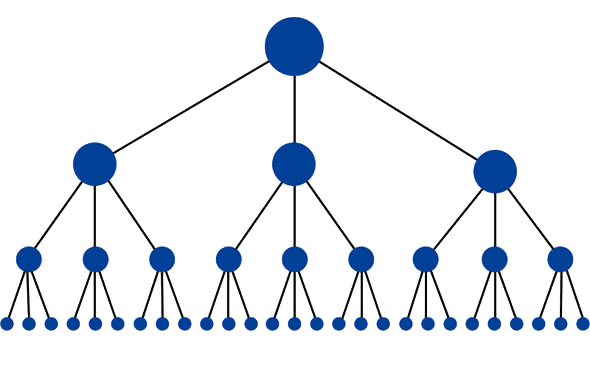It’s incredibly common for a person or a company to own a few different domains. You might have a few different locations or branches of your company, all with their own website, or you might have a few different domains covering different topics in the same industry. In most cases, a person buys a new domain and just can’t seem to let the other one go.
In any case, you own more than one domain and you’re wondering if linking between those domains is going to get you any type of SEO benefit or improve your link profile in any way, right? This seems like the easiest way to earn a backlink because you’re completely in charge, so you have to ask yourself: Does cross-linking offer some benefit?
Cross-Linking 101 from Google: It’s Not a Good Link Building Practice
So we know by now that former Head of Google Webspam Matt Cutts is no longer with Google, but that doesn’t mean that his videos are any less insightful. It’s always a good idea to go right to the source to see if Google has anything to say on a particular topic, and in this case it’s Cutts that offered some insight. Although the video is from 2013, Google has said nothing on the matter since. If you really look into the issue, everything Cutts says still rings true today. In short, he explained that cross-linking could actually look spammny to Google and the Google bots. You must be linking in order to help readers, and oftentimes cross-linking does not fall into this category.
Cross-linking seems spammy because it doesn’t look natural if the same ten sites are linking back and forth over and over again. It might be okay one or two times, but it’s not something to make a habit of, even if it is helping readers. Find alternate websites and articles to point readers to in order to help them so that you can avoid any type of cross-linking penalty from Google. SEO Roundtable’s Barry Schwartz called this a “scheme” when he reported the story. You can watch the video below to hear it from Cutts himself:
When Cross-Linking Can Work for Your Website
There is, however, one time that cross-linking can actually be beneficial: When you’re working with multiple country sites. It’s likely that if you are a company that offers products or services around the globe you have multiple versions of your same website (different languages, different deals and offers, etc.). You want readers to be able to find the alternate version of your site, so cross-linking works well. However, there are two things not to forget:
- Country Locator Page. You want to always make sure that you are using a country locator page instead of 20 different links to your 20 different country pages. A country locator page will just be one link to one page that pulls up a map and shows readers all of the different locations of your company and the domains associated with those locations. Readers can then just click on that location and be brought to your alternate domain.
- Static HTML. You want to make sure that when you do setup your country locator page, you’re keeping it static HTML. This will ensure that the Google bots are following all of these links and passing PageRank to each.
Overall, cross-linking isn’t something to be afraid to do. Google has not cracked down too harshly on sites that have cross-linked to other domains time and time again; the search engine just doesn’t want to see anything that looks spammy. Always put your readers first and do what is best for them, but keep in mind Google’s suggestions.
Do you have any personal experiences with cross-linking? Does it work for you, or are you getting hit with penalties because you cross-link too often? Let us know in the comments below.
